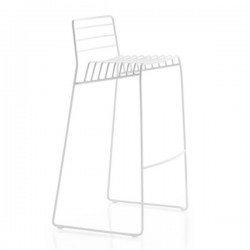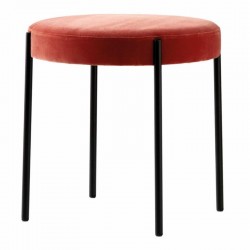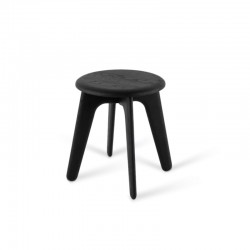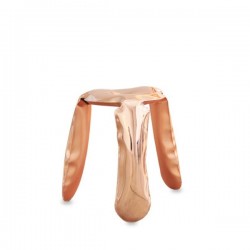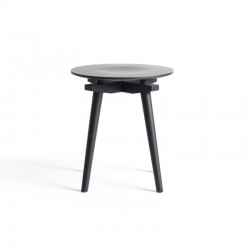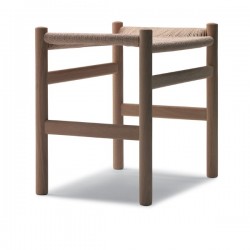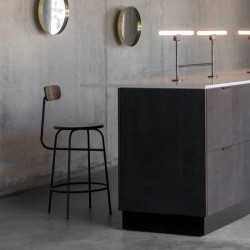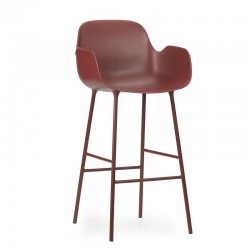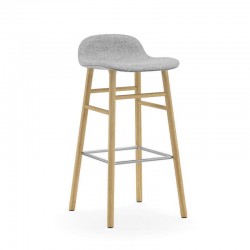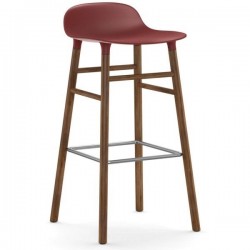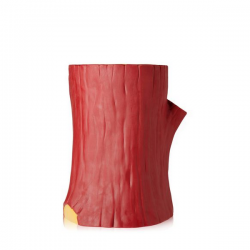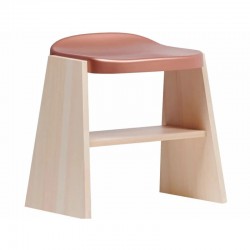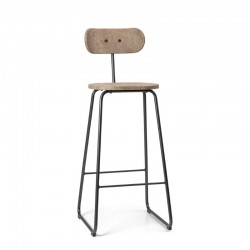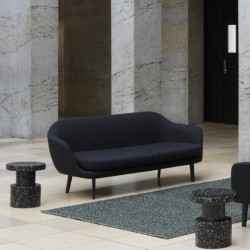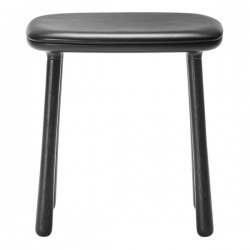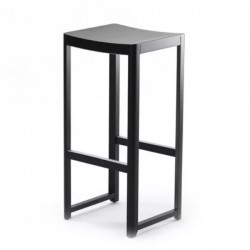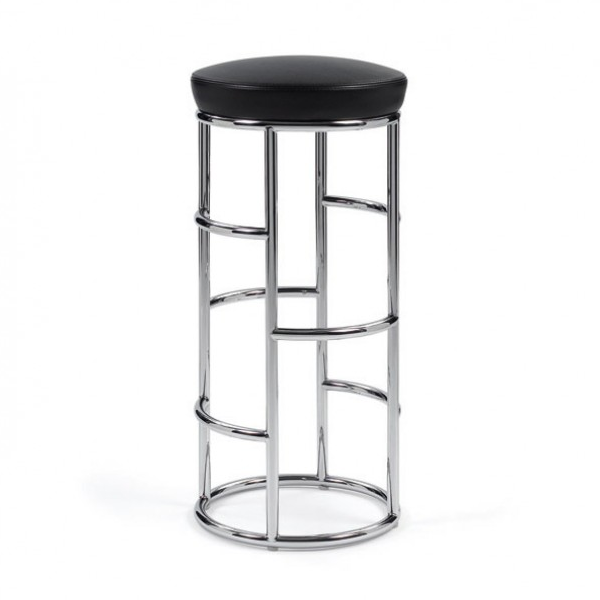ClassiCon Satish Bar Stool
Satish, Eckart Muthesius 1931
The palace of Maharajah Shri Yeshwant Rao Holkar Bahadur was located in far-away India, yet it was equipped with the latest in modern finesse from a western lifestyle.
This included a billiard room and a bar in an avant-garde style where the walls shimmered blue and silver and stainless steel, lacquer and leather were the dominating materials. The bar stool designed by Eckart Muthesius for this place is even today, nearly 80 years later, a fascinating and individual design and could be placed in any stylish bar
A true modern classic never dies. Frame of chromium-plated steel tubing. Upholstery: Polyurethane with quilting cotton on a beech frame. Cover in leather.
Can't find it! We can supply all products from Classicon, If you know what you are looking for and it is not yet featured, please send us a request
- Specifications
Frame of chromium-plated steel tubing. Upholstery: Polyurethane with quilting cotton on a beech frame. Cover in leather. Details and colours see price list.
- Size Description
Height 76cm
Base 36cm
-
Eckart Muthesius
Following studies at the Associated State School for Applied Arts in Berlin and the London Polytechnic, Eckart Muthesius became a master student in the studio of his father, Hermann Muthesius, the founder of the German Werkbund. In 1929, Muthesius met Prince Yeshwant Rao Holkar Bahadur in Oxford, the later Maharajah of Indore, who commissioned him to build and furnish his palace „Manik Bagh”. Completed four years later, the palace was a masterpiece of the Art Deco style. Muthesius complemented his architecture with his own furniture and lamp designs. He went on to take up a post as head of the Board of Planning and Restoration of the State of Indore from 1936 to 1939. When the war broke out, he was forced to flee India and return to Berlin, where he worked as a freelance architect.


 EUR
EUR






